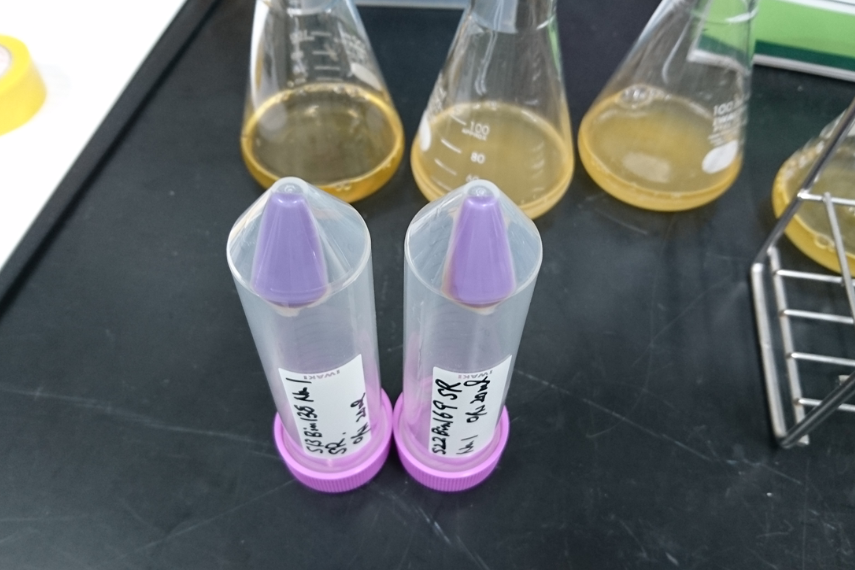An unusual protein sheds light on evolution

Researchers produce and study a new class of light-sensing proteins that can help us better understand how life evolved. Proteins are indispensable molecules for sustaining life. They serve a multitude of functions, from regulating metabolism to repairing tissues. A specialized protein, called rhodopsin, is responsible for converting the light that enters our eyes into an electrical signal that tells the brain what we see. These light sensitive proteins are present in other forms of life as well, and their different structures and functions across various species can help us better understand how life evolved.
Dr. Leonid Brown, a Professor in the Physics department at the University of Guelph, is interested in finding and studying new rhodopsin proteins. In 2004, a new class of rhodopsin was discovered in bacteria, but has not yet been produced in a lab and studied. The unusual amino acid sequence – the building blocks that make up proteins – intrigued Brown. “When we see something unusual, we want to investigate,” he says.

Dr. Leonid Brown, Professor,
Physics Department
Investigating an Unusual Protein
Brown and his students set to work trying to reproduce the proteins in the lab. This proved to be a challenge, but was eventually successful when the bacteria used to make the protein began turning purple, an indication of the presence of the new rhodopsin. The team then utilized a variety of tools to learn more about the structure and function of the new rhodopsin. Computer simulations helped predict how the amino acid sequence would assemble into a 3-dimensional structure and become activated by light. Specialized forms of spectroscopy were used to learn more about the physical structure and chemical bonding of the protein. Biological studies where particular segments of the amino acid sequence were mutated also provided insight into the role of the original sequence on the protein’s structure and function. “Employing multiple techniques creates a more complete picture,” explains Brown.
Putting the pieces from each study together, the team learned that the new rhodopsin has a unique structure, unlike other rhodopsins, such as the ones responsible for our vision. They also found that these proteins absorb red light, an evolutionary feature that would serve as a light sensor to help bacteria seek out light for survival. This type of light-mediated movement appears in other distantly related organisms as well. Achieving the same features in distantly related organisms is an example of what is known as convergent evolution, and gives us a better understanding of how life evolved.
Continuing the Search
Brown and his team plan to continue studying this new class of rhodopsin, employing additional techniques to further learn about its unique structure and properties. The team will also continue to search for new classes of light sensing proteins, with the hopes that their research will aid in the development of new optogenetic technologies, where neurons are activated by light to help treat neurological conditions.
This story was written by Carley Miki as part of the Science Communicators: Research @ CEPS initiative. Miki is a PhD candidate in the Department of Physics under Dr. John Dutcher. Her research focus is on understanding the forces and interactions between soft, sugar-based nanoparticles and how they differ when charged.
This work is supported by the National Sciences and Engineering Research Council (NSERC) of Canada, the University of Guelph, and the German research foundation (DFG).
Saliminasab, M., et. al. A Proteorhodopsin-Related Photosensor Expands the Repertoire of Structural Motifs Employed by Sensory Rhodopsins. J. Phys. Chem. B. 2023, 127, 7872-7886. doi: https://doi.org/10.1021/acs.jpcb.3c04032